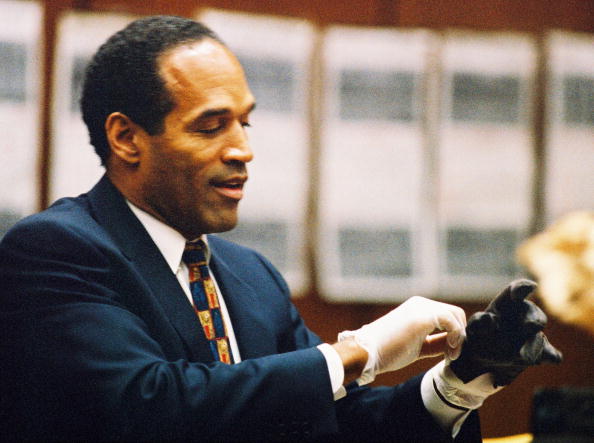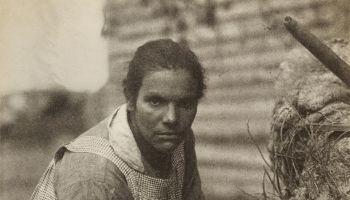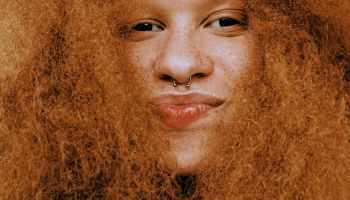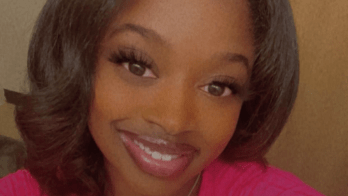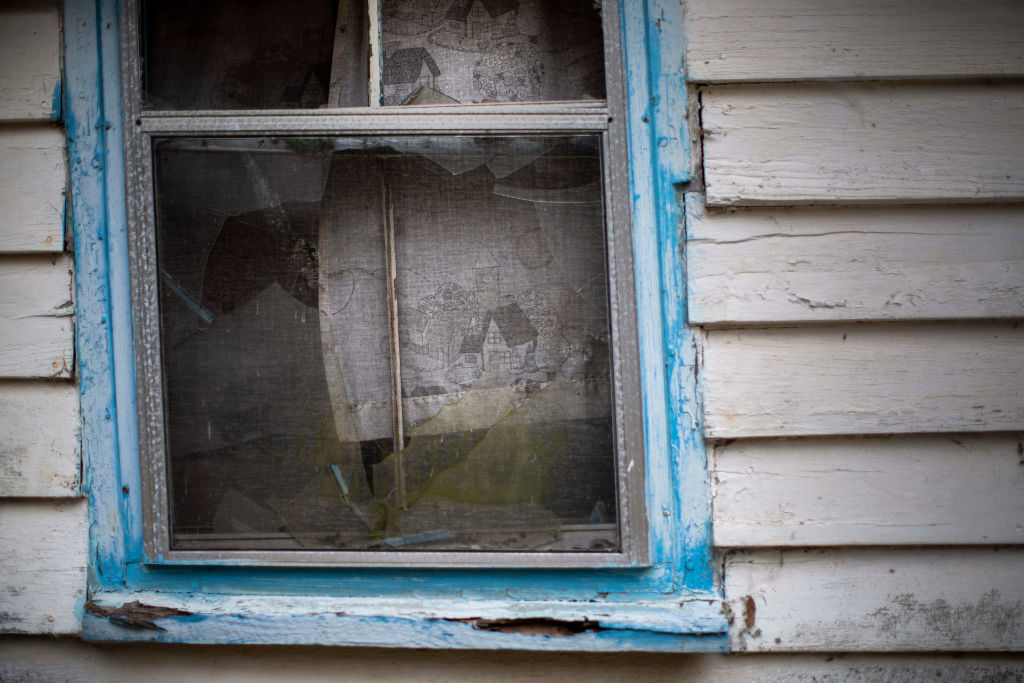
Source: The Washington Post / Getty
One eerie evening in St. Louis a young Black woman was driving home after a long double shift. While on the interstate the woman looked out of her peripheral to see a very tall man in a top hat dressed in a black 1800s style suit. His face had no visible features except a long beard that stretched down past his chest. The young woman turned her head to look at the shadowy man directly, but he was gone. She would spend the rest of her drive home shaken by the man’s ghostly presence. After a few minutes of convincing herself that her mind was playing tricks on her, the woman finally pulled into her neighborhood. Relieved that she had lost her ghostly stalker, the woman took one last peek down her street, and there he was.
MORE: The Antebellum Tale Of Black Slave Girl Molly And The Haunting Of Sorrel-Weed House
The mysterious man was back, but this time he wasn’t there to just observe. Terrified, the woman quickly pulled into her driveway, sprinting up the stairs to her front door. When she entered her home a sudden urge to vomit swept over her body. When she turned to close the door behind her there he was, standing at the bottom of the stairs staring into the woman’s soul. Scared out of her mind, the woman let out a frightened yelp before slamming the door and checking the locks. After her ghostly encounter, the woman engaged in every superstition known to man. She switched the porch light off and on seven times, sprinkled salt at her doorway, hung a blue stained glass wind chime from her porch, and prayed herself to sleep. But her haunting experience wasn’t over.
The man would later return in her dreams, pulling her into the darkness of his cloak, wrapping her up until she was awakened from her slumber after feeling suffocated. The next morning when the woman turned on the news she learned there was a fatal accident on the same highway where she first saw the shadowy man.
She was being haunted by a haint; a shape-shifting, witch-like evil spirit capable of stealing your energy, suffocating, or even drowning you.
Sadly, Black history has all the ingredients for fascinating ghost stories. Pain, trauma, mysteries, restless souls, and black folklore.
What are haints?
In the south, particularly on the coastal shores of Georgia and South Carolina, there are houses painted with an odd shade of blue. But the color is just as much for protection as it is for décor.
Haint blue is a collection of pale shades of blue-green that are traditionally used to paint porch ceilings in the southern United States to protect homes from ghosts and evil spirits. The folklore can be traced back to Hoodoo spiritual practices and the Gullah Geechee people.
The Gullah Geechee are the descendants of West and Central Africans who were enslaved and bought to the lower Atlantic states of North Carolina, South Carolina, Florida, and Georgia to work on the coastal rice, Sea Island cotton, and indigo plantations.
Their expertise in farming and agriculture made them invaluable to slave masters in the south. Their expertise also came in other forms. The Gullah Geechee have strong spiritual beliefs and developed the necessary skills to ward off evil spirits called haints or boo hags.
Also known as rootwork, conjuring, or Lowcountry voodoo, the spiritual practice of warding off evil spirits was the main way the Gullah people protected themselves and their families from these menacing ghosts. One of the most popular hoodoo practices is to carry a mojo or a small bag of herbs wrapped by a traditional root worker. Boo hags were spirits known for stealing a person’s skin, then wearing it to blend in among the living during the day. After it depletes the human of all its energy, the boo hag will shed its stolen skin and go hunting for another victim. At night the boo hag would get rid of its stolen skin after it depletes the human of all their energy.
Roger Pinckney, the author of “Got My Mojo Workin, A Voodoo Memoir,” tells History.com of a few important tactics used to ward off boo hags.
“Hags are only active at night. They have an obsessive-compulsive disorder that compels them to count. A strainer on a doorknob or a broom cross the doorway, rice or sesame seed (benne seed) thrown on the floor. The hag will stop and count, over and over ’till day-clean run em.’ Salt on the floor helps as it dehydrates the shed skin and makes it impossible for the boo hag to put it back on.”
The plat-eye is another form of a haint, only way more dangerous than a boo hag. Plat-eye haints are shape-shifting spirits that can take on any form to entice you into their clutches. Not only are they dangerous, but very hard to get rid of.
“Nothing much you can do about the plat-eye,” said Pinckney. “If you have committed some gross spiritual offense, all you can do is try to make it right. Some (people) carry whiskey. If a plat-eye gets after you, pour a little on the ground and run like hell. The plat-eye will likely stop to lick it up.”
The color ‘haint blue’
But According to Pinckney the most powerful defense of haints, boo hags, and plat-eyes is the color blue; haint blue from the indigo plant to be exact.
The Gullah Geechee were master farmers and their knowledge of cultivating indigo plants was far superior when compared to white plantation owners. The Geechee people were enslaved and forced to work the indigo fields which by the mid-18th century became one of America’s most valuable exports. The Geechee people were able to create a new color by mixing the dregs, or leftover remnants, in a pit with lime, milk, and other pigments until they formed a shade of robin’s egg blue paint that would become known as ‘haint blue.’
The Geechee believed that the color mimicked blue water and blue sky which tricked the spirits. Haints can not cross water or travel the skies, therefore painting a porch, window, or door ‘haint blue’ meant spirits couldn’t make their way into your home.
As Black Americans spread throughout the country after slavery, so did some of their traditions. Haint Blue has become so popular a color, it is now mixed by Sherwin-Williams, one of the most known paint companies in the world.
The next time you are in an old southern home and you see the color haint blue painted anywhere on the exterior, there is a good chance that spirits are lurking about. But have no fear because the blue is there to protect you.
SEE ALSO:
The Haunting Of Lake Lanier And The Black City Buried Underneath
The Ghost Of Willie Earle And The Haunting Of Pickens County Museum
